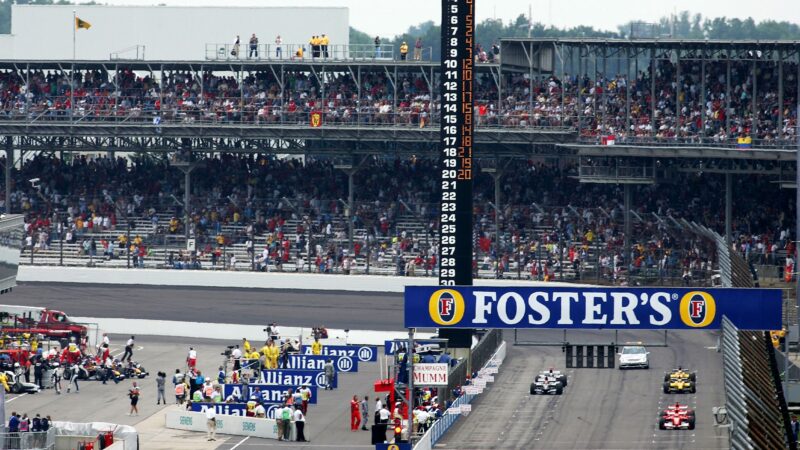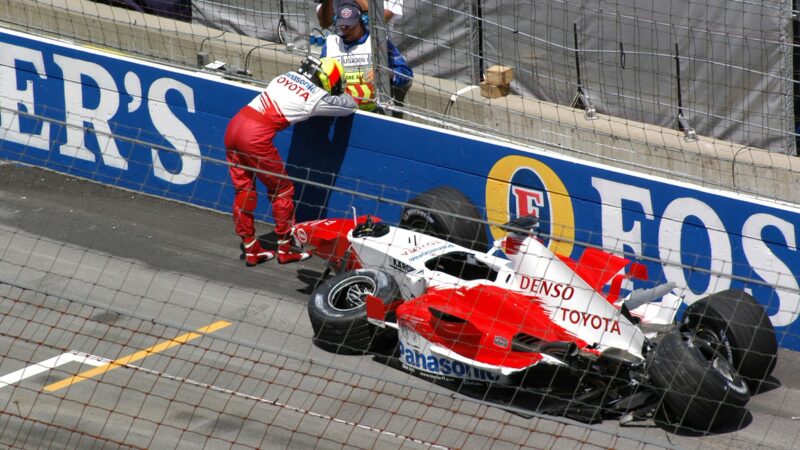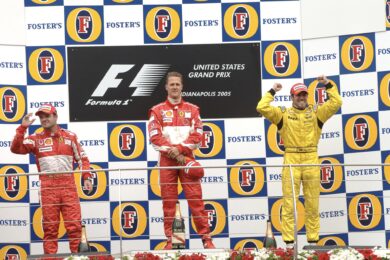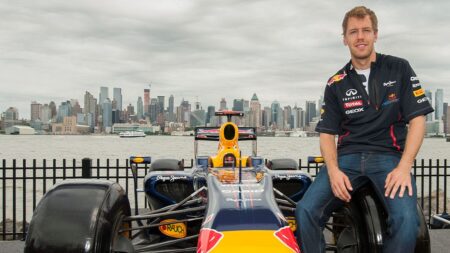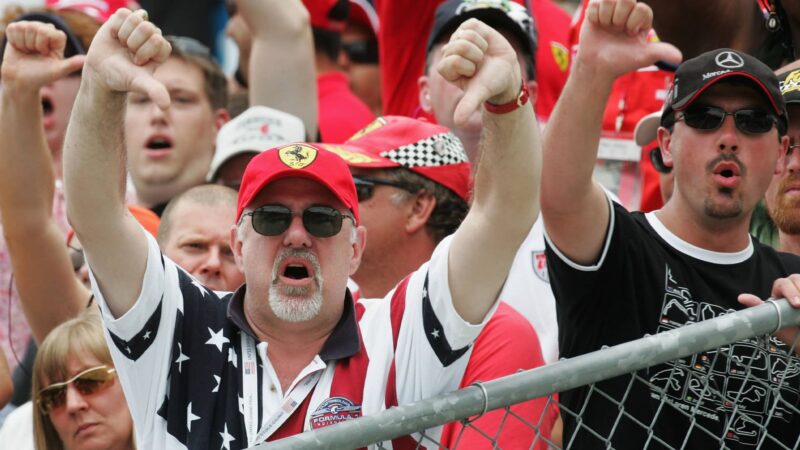At the time, Michelin’s F1 operation was led by Englishman Nick Shorrock. Looking back on the weekend subsequently, he said: “We freighted some different-spec rubber in from France, as a possible alternative, and carried out tests throughout the night. Our partners were very helpful – Ron Dennis allowed us to use his plane to get engineers to test laboratories in the States – and I think I left the track at about 23.00. I got back to my hotel, slept for an hour and got up at 2.00 for a briefing with the guys at our base in Clermont-Ferrand. That lasted four hours, then we headed straight back to the track.”
The lab tests yielded pessimistic conclusions and, on Sunday morning, Michelin informed its partner teams that it would not be wise to participate. Given the likely repercussions, various options were discussed to spare F1’s blushes. Michelin asked whether a chicane could be installed at Turn 13, but the FIA responded that it could not sanction a race on an altered circuit (even though there was a precedent – changes had been made to Barcelona during the course of the 1994 Spanish GP weekend, to reduce speeds on safety grounds). In the end, all 20 cars went to the grid – and the 14 on Michelins peeled into the pits after the formation lap, leaving the Bridgestone-shod Ferraris, Jordans and Minardis.
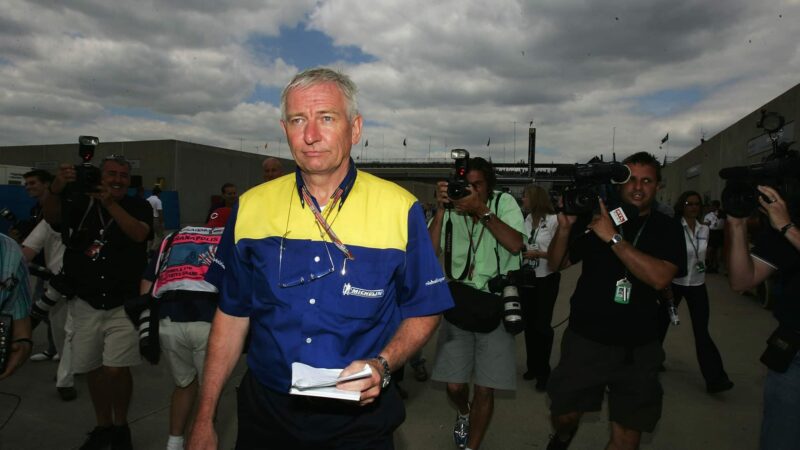
In search of a solution: Nick Shorrock in the Indianapolis paddock
Mark Thompson/Getty Images
“As soon as we realised there was a problem we moved heaven and earth to resolve it,” Shorrock said, “and we kept trying all the way through Sunday morning. As I stood in the pits, all alone at last after a morning surrounded by TV cameras and microphones, I knew what drivers could be like: racing is their life, their passion, their job – they don’t want to do anything else. I wondered whether any might ignore our advice.”
But they didn’t and the consequential jeers drowned out half a dozen V10s. Assorted missiles were thrown upon the track and, as the mood turned increasingly ugly, a team of stormtroopers swarmed into the venue. You rarely see that at Cadwell Park or Thruxton…
The Ferraris went on to beat the Jordans by a lap and the Minardis by two, despite Michael Schumacher and Rubens Barrichello briefly tripping over each other at the first turn. It would be the German’s only success of an unusually barren campaign.
